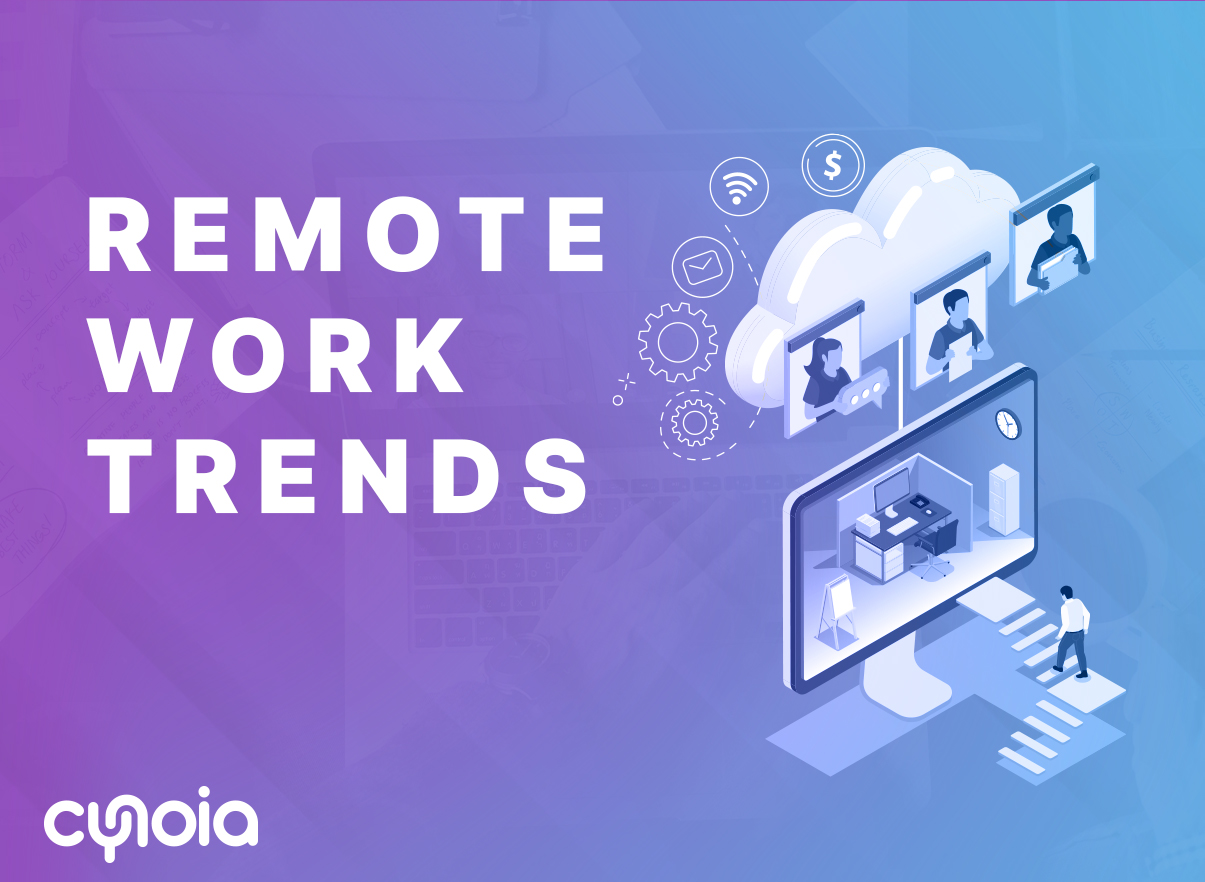
Remote work has undergone a remarkable transformation over the past few years, and the COVID-19 pandemic has undoubtedly accelerated this shift. As we look ahead to the years 2023-2025, it’s crucial to explore the latest insights and trends surrounding remote work. In this blog, we will explore the statistics,
emerging trends, and projections that will shape the future of work. By understanding these developments, individuals and businesses can better prepare for this evolution .
Statistics and Trends
The statistics clearly indicate that remote work is not a passing trend. It is a transformational shift that continues to gain momentum, shaping the future of work. Businesses and individuals must adapt to this new reality to remain competitive and relevant
- Projection Beyond Expectations
Experts initially predicted that 30% to 40% or possibly higher employee would be working remotely in 2025, surpassing earlier forecasts. This substantial growth showcases the adaptability of both employees and employers in embracing remote work solutions.
• Widespread Adoption
As of 2023, 27% of employees have already transitioned to remote work arrangements. Furthermore, 16% of companies have fully embraced remote work, reflecting a significant shift in organizational structures.
• The Rise of Hybrid Work
One noteworthy development is the emergence of hybrid work models, where employees and companies strike a balance between remote and in-person work. This flexible approach accommodates
varying preferences and operational needs.
• Embracing Freelance Platforms
The gig economy ^1^ is flourishing, with freelance platforms gaining increasing extraction. More individuals are choosing to work as freelancers, capitalizing on the flexibility and diverse opportunities these platforms offer.
The gig economy is a labor market of short-term, freelance work often facilitated through digital platforms. Gig workers enjoy flexibility and autonomy in their employment.
Unveiling the Impact of Remote Work
In the previous section, we explored the statistics , highlighting Remote work exponential growth and profound implications. Now, let’s adress the multifaceted impact of remote work on productivity, cost savings, and work-life balance
• Harnessing Productivity
Remote work enables employees to tailor their work hours to their peak productivity times. Whether you’re a morning person or a night owl,remote work allows you to optimize your schedule, ultimately resulting in higher productivity levels. Businesses can tap into a global talent pool by hiring remote workers.This diversity of skills and perspectives can foster innovation and problem-solving, further enhancing overall productivity.
• Cost savings
For businesses, remote work reduces the need for physical office space, leading to substantial cost reductions in terms of rent, utilities, and maintenance. Moreover, the technology investments made during the pandemic have positioned many businesses to thrive in an increasingly digital world.
• Enhancing work life Balance
It allows individuals to better integrate work and personal life. With the ability to set their own schedules, employees can attend to family needs, hobbies, and personal responsibilities without sacrificing their career goals.The daily commute can take a toll on mental and physical health. Remote
work eliminates commuting stress, contributing to improved overall well-being. Employees report feeling less fatigued and more energized when working from home
For remote workers, maintaining social connections, establishing work-life boundaries, and staying tech-savvy are essential. Embracing the gig economy can offer exciting opportunities, but it’s crucial to plan for income stability and benefits.Businesses, on the other hand, must invest in technologies that support re-
mote work, prioritize cybersecurity, and create inclusive virtual workspaces. In conclusion, remote work’s journey is marked by growth, transformation, and adaptation As evidence of its success, numerous companies have fully embraced remote work, as exemplified here. By embracing its advantages, recognizing its challenges, and navigating the gig economy, we can shape a future of work that is both dynamic and fulfilling.
Stay informed and keep a close eye on our Smart Insights future blogs for ongoing updates available:Cynoia

